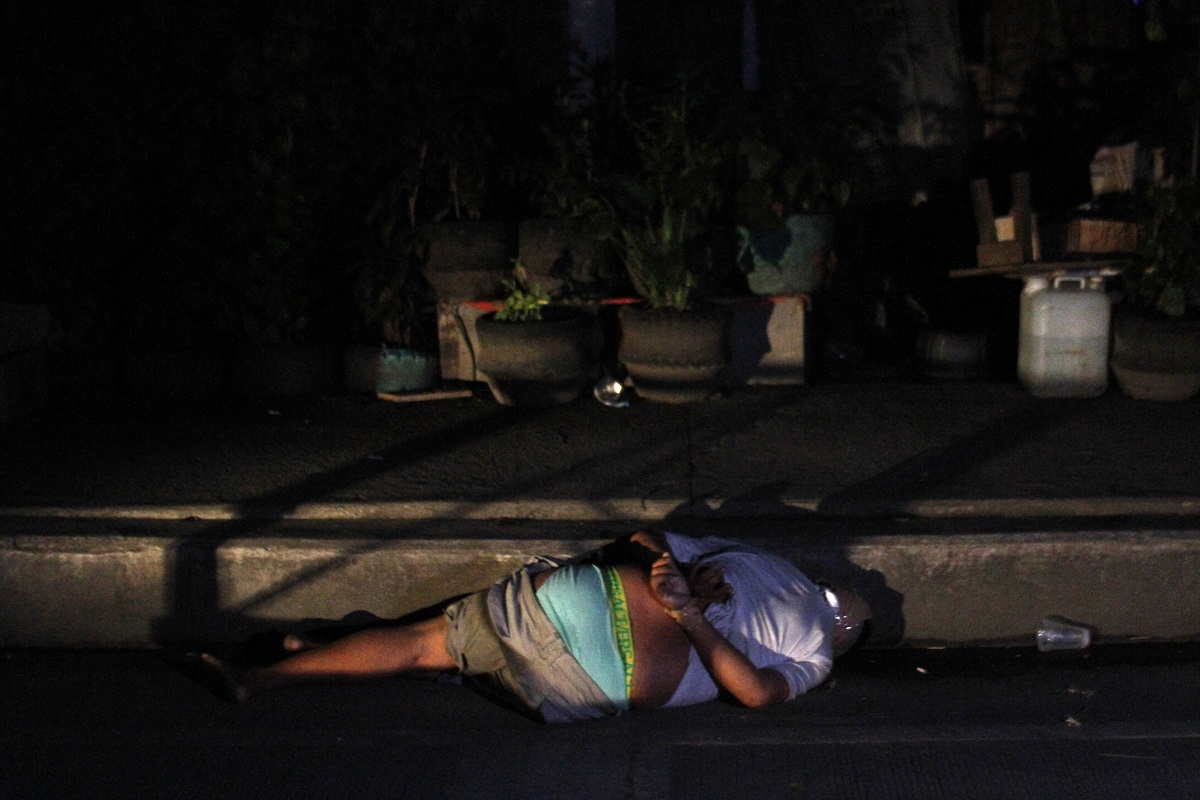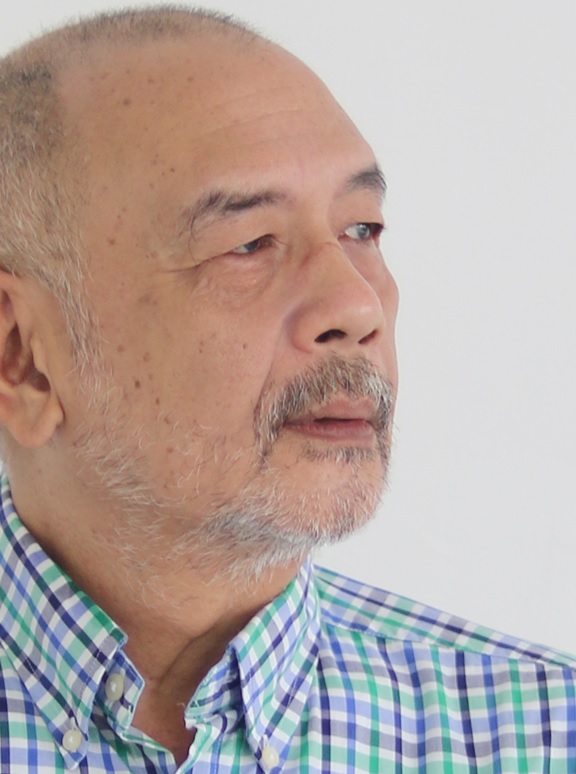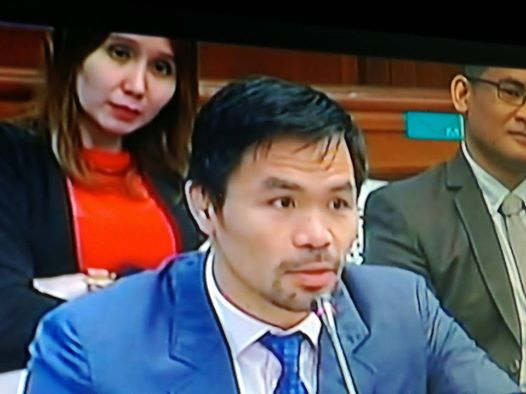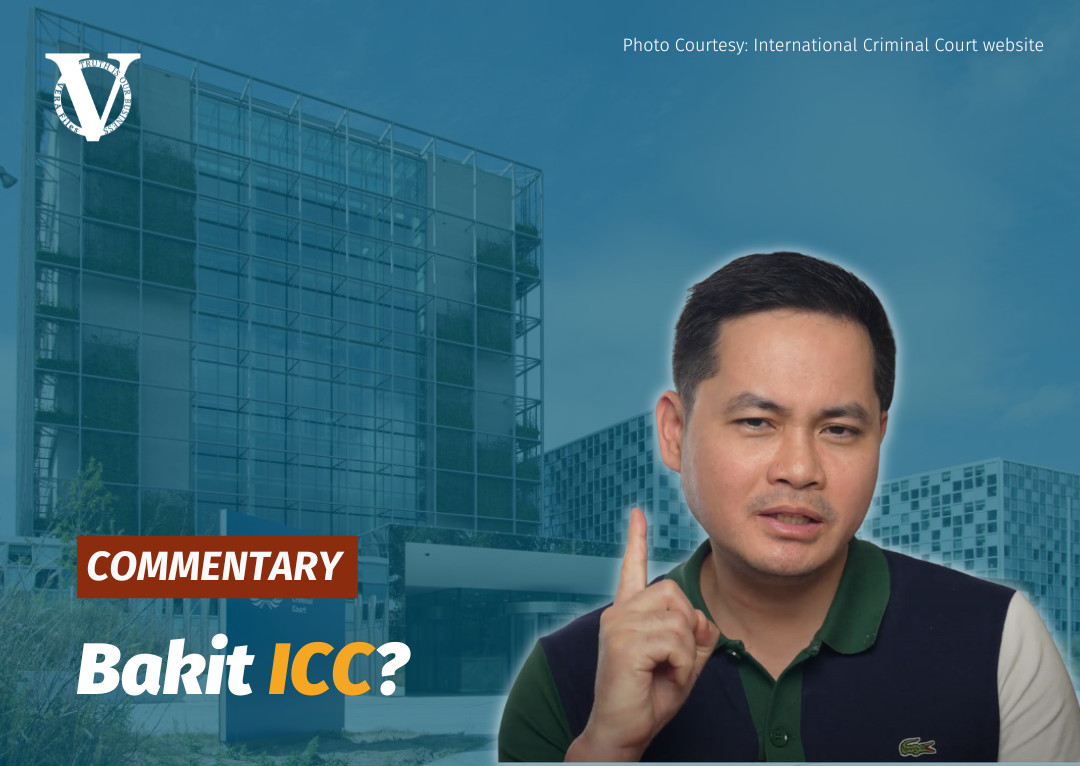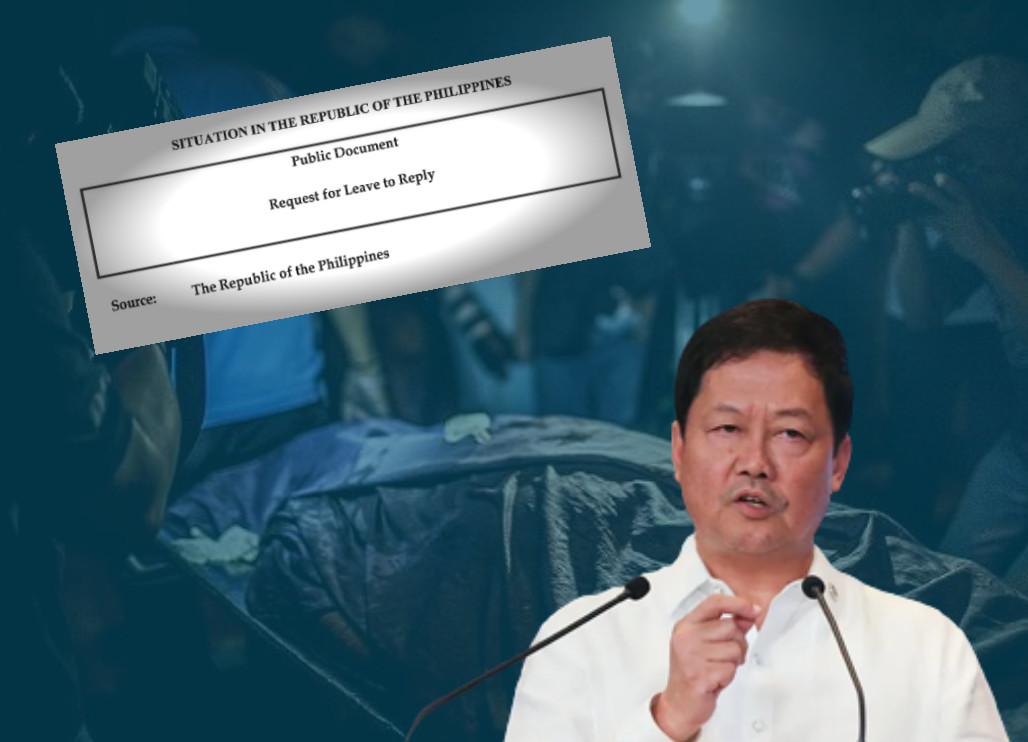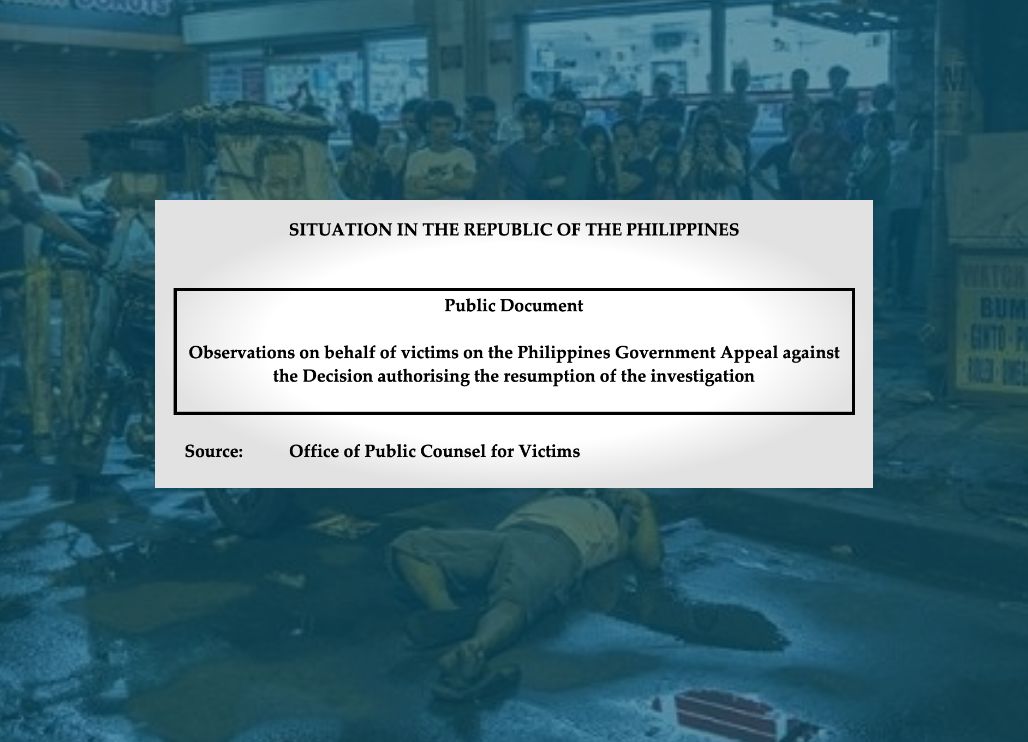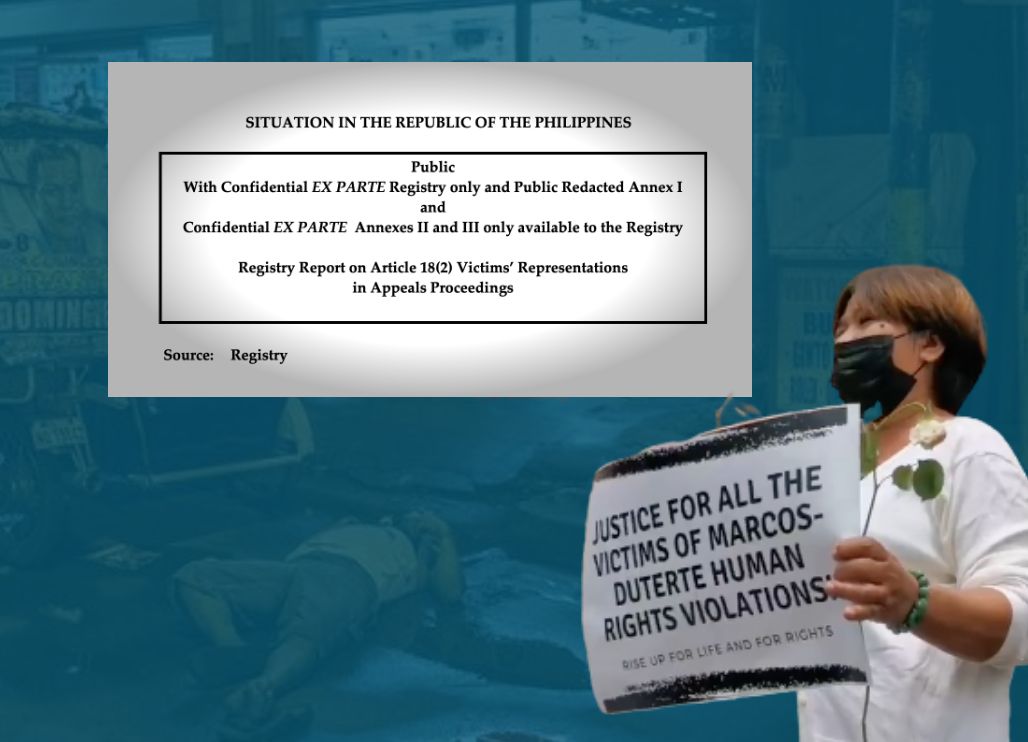The most infamous of course was Station 6 in Batasan, Quezon City. Thanks to the Reuters report of 2017, the name Davao Boys became synonymous with the killing orgies done by police at the height of Rodrigo Duterte’s so-called war on drugs.
But that was not all.
The same Reuters report actually cites the prominent role of police officers assigned at one time or another in Davao city, the ground zero of police death squad killings under the mayorships of Duterte family members.
First of all, there was Alfegar Triambulo. If we wonder why very few killer policemen from drug war operations were ever investigated, it was because there was in place a system that was ensured free from possible police investigations. That was the role of Triambulo, who was not a cop but a lawyer from Davao.
Duterte appointed Triambulo in December 2016 to head the Internal Affairs Service of the Philippine National Police. The IAS is the investigative and adjudicatory body of all administrative offenses committed by police personnel.
Triambulo’s appointment then was a highly strategic one and explains why there were scarcely any cases filed against cops engaged in Tokhang. In fact, he stayed in that position until the end of the Duterte term. In December 2023, the Ombudsman suspended Triambulo from office for 6 months without pay for sexual harassment, but dismissed the criminal charges against him for falsification of public funds.
Recall the time when multiple killings in Bulacan hugged the news each day? That was the role of Aaron Aquino. Aquino spent much of his police career in Davao city during the time of city police chief Bato dela Rosa. He was deputy regional director for administration in the Davao region. Duterte personally knew Aquino.
In June of 2016, Duterte and Bato had already known to put Aquino in place in Central Luzon as police regional director. Aquino by then had spoken with braggadocio: “I will kill all policemen and mayors if they are engaged in illegal drugs or are protectors of this illicit trade.” True enough, he turned Central Luzon into Duterte’s new killing fields.
From July to October 2016 alone, there were 309 nanlaban cases in Central Luzon. By 2018, police operation killings in the region almost doubled, next only to Metro Manila. In 2019, it overtook Metro Manila.
By that time, Aquino had been amply rewarded. He was promoted head of the Philippine Drug Enforcement Agency, two weeks before he was set to retire in 2017. Duterte had suddenly shifted the drug war operations to the PDEA. Yet as PDEA head, Aquino told the BBC that he still believed it is the PNP who can do the “high level operations.” About a month later, police tokhang resumed.
Another Davao boy was Albert Ignatius Ferro. He was a former Davao police investigative chief. Dela Rosa placed him in charge of anti-drug units nationwide, the PNP Anti Illegal Drugs Group. It was during Ferro’s watch when the PNP under Dela Rosa gained its biggest black eye before the world – the case of the South Korean businessman Jee Ick Joo who was abducted for ransom in Angeles city, killed inside Camp Crame by police, and his body cremated in a funeral parlor owned by a retired policeman. The policemen involved in that ghastly crime were operatives of the AIDG.
Ferro told Reuters he helped prosecute Joo’s killers. In February 2020, Duterte promoted Ferro as the police regional director in Central Visayas. He was part of the arresting team that nabbed drug suspect Kerwin Espinosa in Abu Dhabi.
Then there was Ruben Ramos who was made commander of Police Station 8 of the Manila Police District in Santa Mesa. In Davao city, he was commander of the Buhangin Police Station. His direct superior in Manila was Vicente Danao the former Davao city police chief whom Duterte and Bato also brought to Manila as Manila Police District chief, later his last acting PNP chief (Danao himself was controversial).
Ramos’s police station also used the nanlaban line – remember this was an operational tactic used only previously in Davao city. One such was the killing of Aaron Paular on August 3, 2017 during a buy-bust operation. Probers from Police Station 8 said Paular “drew his .38 caliber revolver when he sensed the presence of anti-narcotics operatives, prompting police to shoot him.” The news report did not say there was a gunfight that killed Paular.
In September 2016, another Davao boy was sent to Manila to intensify the drug war in the capital using the same Davao tactics. April Mark Young was assigned to command Police Station 4 of the Quezon City Police District in Novaliches. As with the others, Dela Rosa knew Young so well. He had served as deputy provincial director for operations of the Davao del Norte Provincial Police Office, and then as chief of the Digos city police in Dela Rosa’s province of Davao del Sur.
Police Station 4 under Young performed immediately. It chalked up 81 people killed in the drug war’s first year, the second deadliest in Quezon City after Police Station 6 in Batasan. In November 2017, PNP chief Dela Rosa awarded Young the “station commander of the year” award.
Perhaps the most brutal of all the Davao boys was Johnson Almazan who was assigned as police chief of Caloocan city. Again, Dela Rosa personally knew him. He served in Davao city’s police investigation unit when Dela Rosa was city police chief from 2012-2013.
During his stint in Caloocan, a shadowy group called the Caloocan Death Squad came into the picture and scored up a high killing record. A police intelligence officer interviewed by Reuters said the death squad was a police invention to hide executions.
The strategy for a Davao Death Squad template paid well. After a death squad killing, Almazan’s police would appear at the crime scene only to look at the sprawled bodies in their pools of blood. They do not even pursue the killers. Presto, the police had nothing to do with it, effectively diverting negative public opinion against the police.
The use of motorcycle-riding death squads was a common Davao city tactic of ruthlessness to have hired assassins as force multipliers but also to cover up police tracks. More importantly, it also brings down the death statistics because they are simply lumped under “homicides under investigation.” But confessions from former DDS assassins have already established that it is the police and their hired assassins who are behind the death squads.
It was a new way of dying in Metro Manila, but an old and proven method in Davao city.
If these Davao boys were transported to Manila right from Day One of the Duterte presidency, we can be certain that backroom planning for the drug war in Manila and Luzon was extensive and measured. With Dela Rosa at the helm and Davao boys as key officers in place in Manila, the killing system was all systems go.
By September 2016, nanlaban was fully entrenched as a key operational system. Even the main pep talk was in place. “If they pull out a gun, kill them. If they don’t, kill them still, son of a whore, so it’s over, lest you lose the gun. I’ll take care of you.” The Davao Death Squad was successfully transported to Manila.
And then the ultimate mantra and mantle of protection: “I will die for you. Do your duty and if in the process you kill 1,000 persons because you were doing your duty, I will protect you.”
This was a president who ordered murder.
The views in this column are those of the author and do not necessarily reflect the views of VERA Files.
